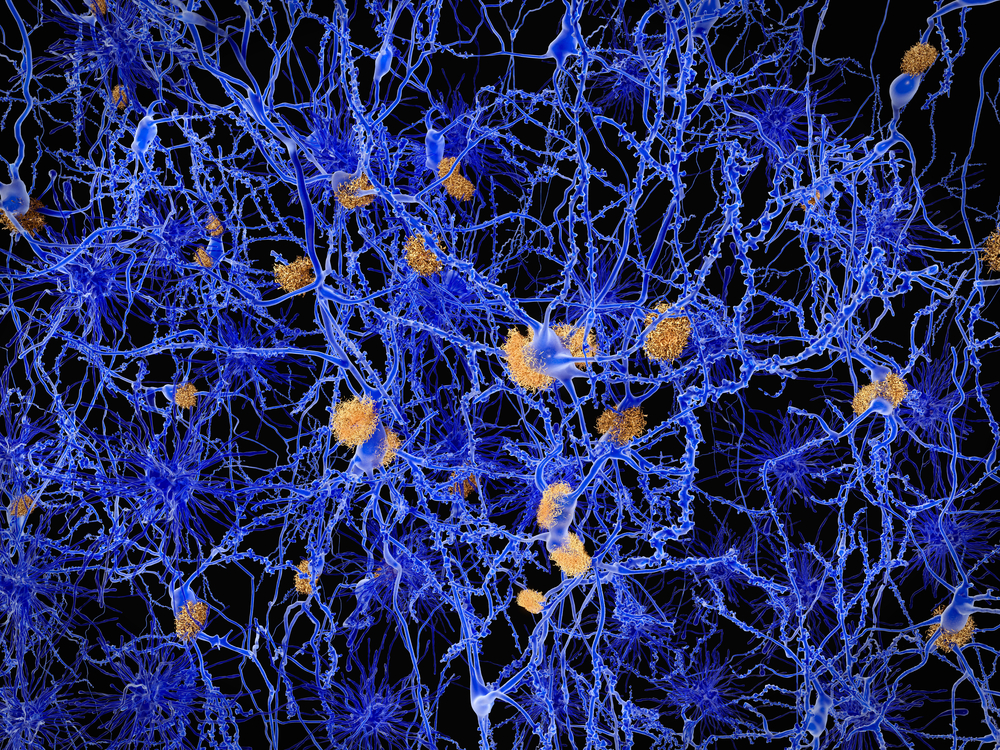ALS Protein Dynamics May Hold Clues for Disease Progression

Researchers at the National University of Singapore have suggested there is a fine balance between amyotrophic lateral sclerosis (ALS)-related protein TDP-43’s normal function and its potential to cause neurodegeneration.
The degeneration seems to occur due to pathological factors that exaggerate the protein’s membrane association, resulting in the loss of its physiological functions as well as gain of neurotoxicity through an exaggerated aggregation into amyloid plaques.
The research paper, “ALS-Causing Mutations Significantly Perturb the Self-Assembly and Interaction with Nucleic Acid of the Intrinsically Disordered Prion-Like Domain of TDP-43,” was published in PLOS Biology.
The human TDP-43 protein has been identified as a major component of most forms of ALS and frontotemporal dementia (FTD). TDP-43 is intrinsically prone to aggregation and it is present in approximately 97 percent of ALS and about 45 percent of FTD patients, and is also implicated in other neurodegenerative diseases such as Alzheimer’s disease. It is, in short, a key player in cognitive impairment.
To study the protein’s aggregation dynamics and other biophysical properties, researchers applied a series of spectroscopic and microscopic techniques to characterize in detail the structure of the C-terminal prion-like domain of TDP-43, which hosts most ALS-causing mutations, although mutations of TDP-43 are a rare cause of ALS.
The team demonstrated these mutations increase assembly and decrease disassembly of oligomers, swaying the balance of normal function to the side of exaggerated aggregation into amyloid fibrils (protein aggregates associated with neurodegeneration) and neurotoxicity.
Furthermore, researchers found a region of the protein previously associated with toxicity promotes its association with membranes, a factor that may further increase aggregation tendency. The scientists highlight this membrane-association mechanism as a future avenue of research for the physiological function of TDP-43.
“If this physiological membrane-association is exaggerated by pathological factors, TDP-43 might become significantly aggregated in membranes, leading to the loss of its physiological functions as well as gain of neurotoxicity. As such, to decouple the aggregation and membrane interaction may represent a promising therapeutic strategy to treat neurodegenerative diseases,” the authors wrote.






